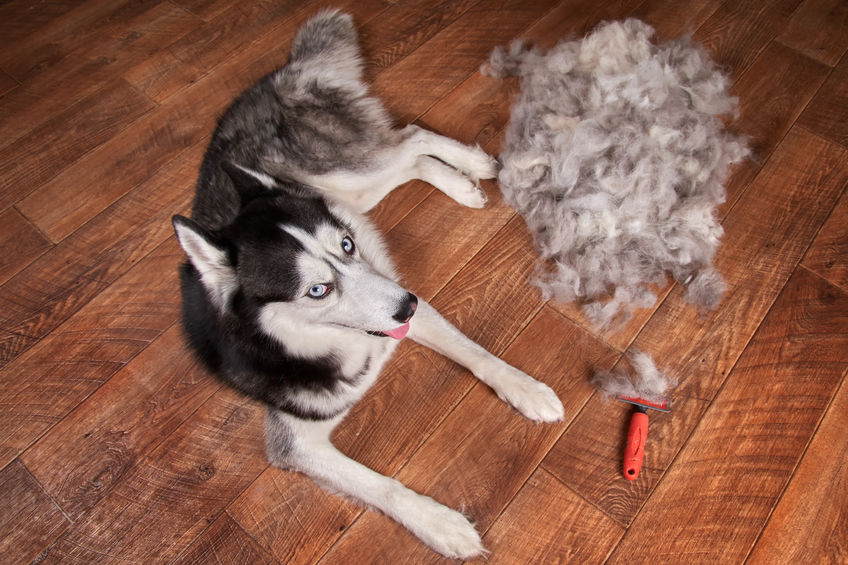
Shedding Season for Dogs: Managing the Fluff and Fur
As the seasons change, so do the coats of our furry companions. Shedding is a natural and healthy process for dogs, but it can be a source of frustration for many pet owners. Understanding why dogs shed, when it happens, and how to manage it can make shedding season more manageable for both you and your beloved canine friend.Why Do Dogs Shed?
Shedding is a crucial part of a dog’s life cycle. It helps them get rid of old or damaged hair and regulates their body temperature. Here’s why dogs shed:- Regulating Temperature: Dogs have two primary types of hair: the outer coat (guard hairs) and the undercoat. The undercoat acts as insulation, keeping them warm in winter and cool in summer. Shedding helps them adjust to temperature changes.
- Renewing the Coat: Shedding is a natural way for dogs to replace old or damaged hair with new growth. This ensures that their coat remains healthy and functional.
- Seasonal Changes: Many dogs, particularly those with thick double coats, have seasonal shedding patterns. They’ll shed more in the spring to get rid of the heavy winter coat and again in the fall to prepare for the cold months ahead.
When Does Shedding Happen?
Shedding varies from dog to dog and can depend on factors such as breed, age, and health. However, there are general patterns:- Seasonal Shedding: As mentioned, many dogs have seasonal shedding patterns. Spring and fall are common shedding seasons, but this can vary based on your dog’s environment and how they adapt to temperature changes.
- Age-Related Shedding: Puppies typically shed their soft, puppy fur as they grow into their adult coat. Older dogs may experience increased shedding as well.
- Breeds and Coat Types: Some breeds are known for heavy shedding year-round, while others shed minimally. Dogs with double coats, like Huskies and Golden Retrievers, tend to shed more than those with single coats.
Managing Shedding
While you can’t completely eliminate shedding, you can take steps to manage it effectively:- Regular Grooming: Brushing your dog regularly is the most effective way to manage shedding. It removes loose hair before it ends up on your furniture and clothing. The frequency of brushing depends on your dog’s breed and coat type.
- Bathing: Giving your dog a bath can help loosen and remove loose hair. Use a high-quality dog shampoo and conditioner designed to reduce shedding.
- Nutrition: A balanced diet rich in essential fatty acids can promote healthy skin and coat, reducing excessive shedding. Consult your veterinarian for dietary recommendations.
- Supplements: Omega-3 fatty acid supplements can help improve coat condition and reduce shedding. Talk to your vet about adding these to your dog’s diet.
- Regular Vet Visits: Ensure your dog is in good health by scheduling regular check-ups. Some medical conditions can cause excessive shedding, so early detection is essential.
- De-shedding Tools: Invest in de-shedding tools designed for dogs, like rubber grooming mitts or deshedding brushes. These can be highly effective in removing loose hair.
- Frequent House Cleaning: Vacuuming, sweeping, and using lint rollers can help keep your home clean during shedding season.










